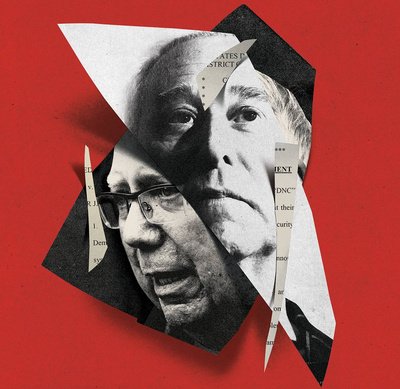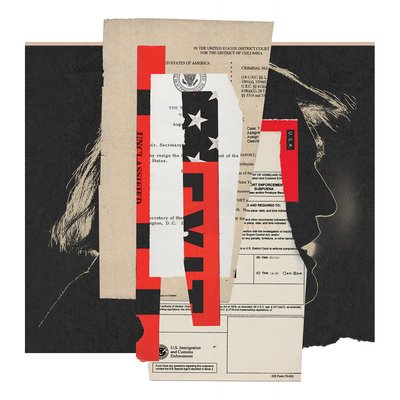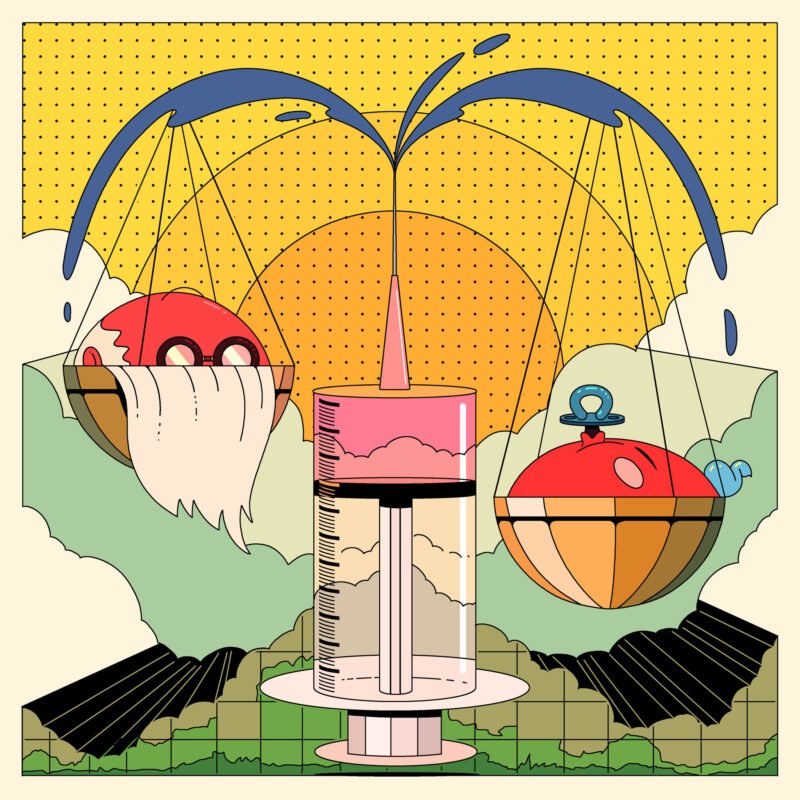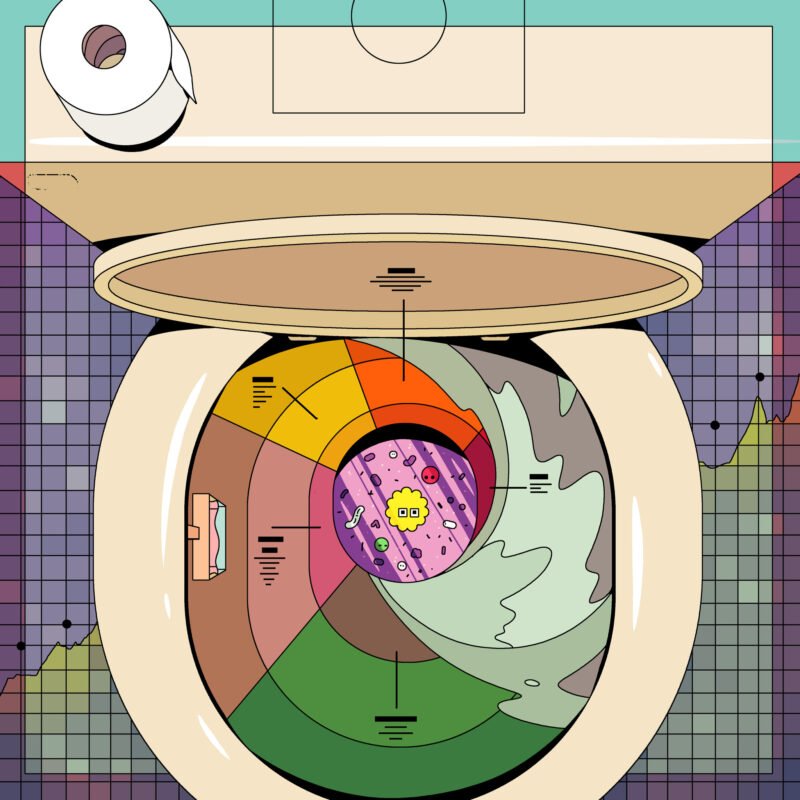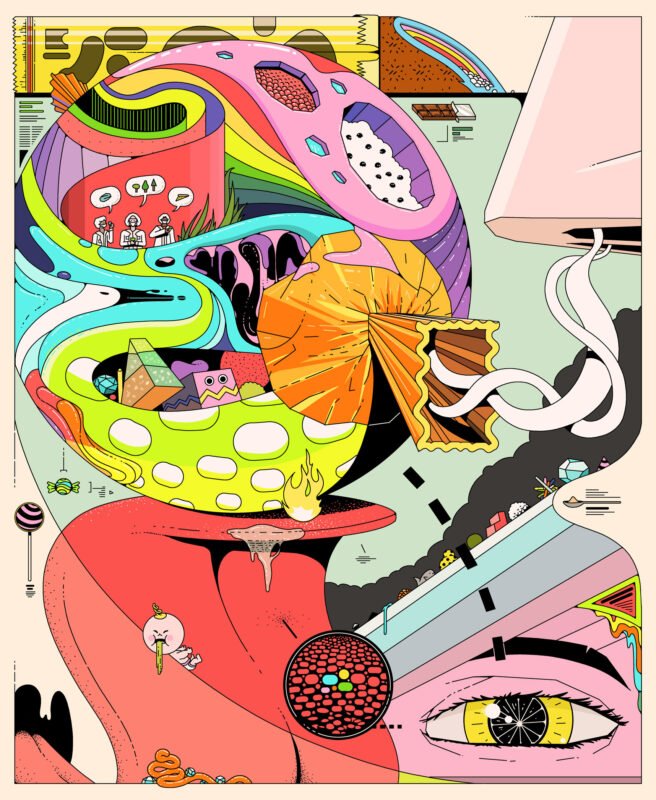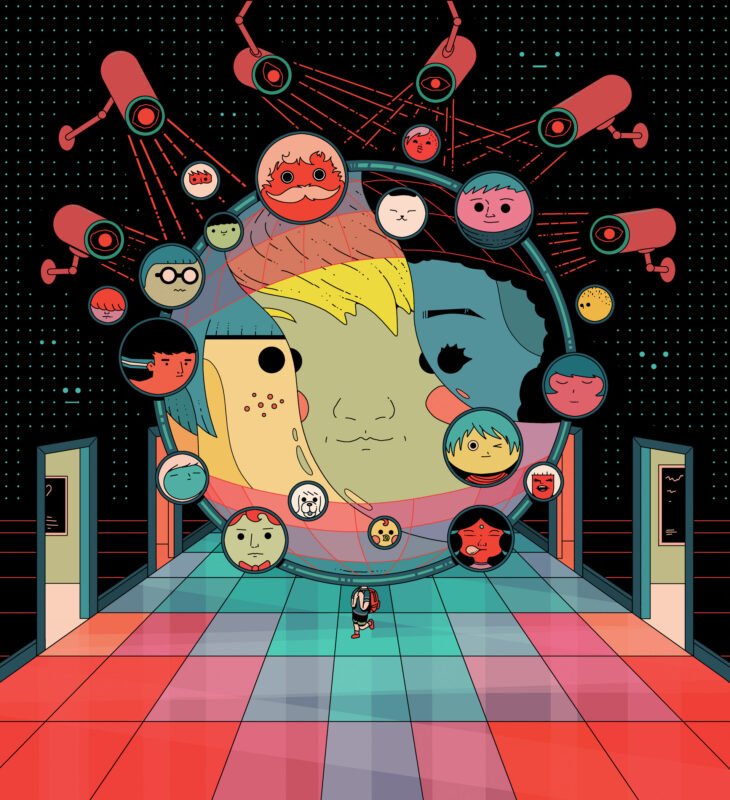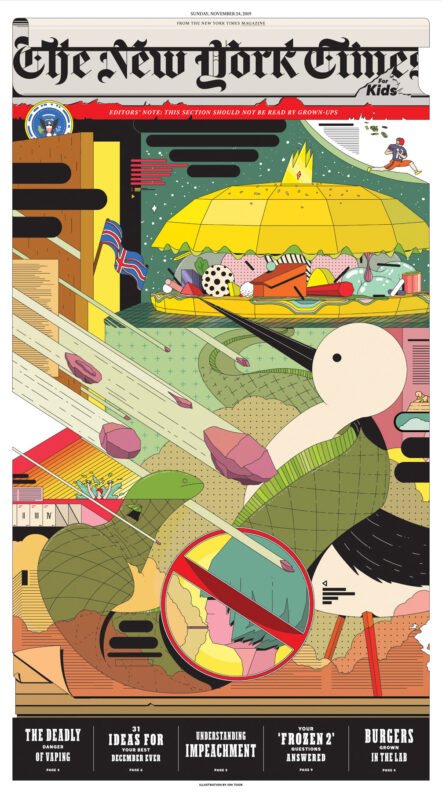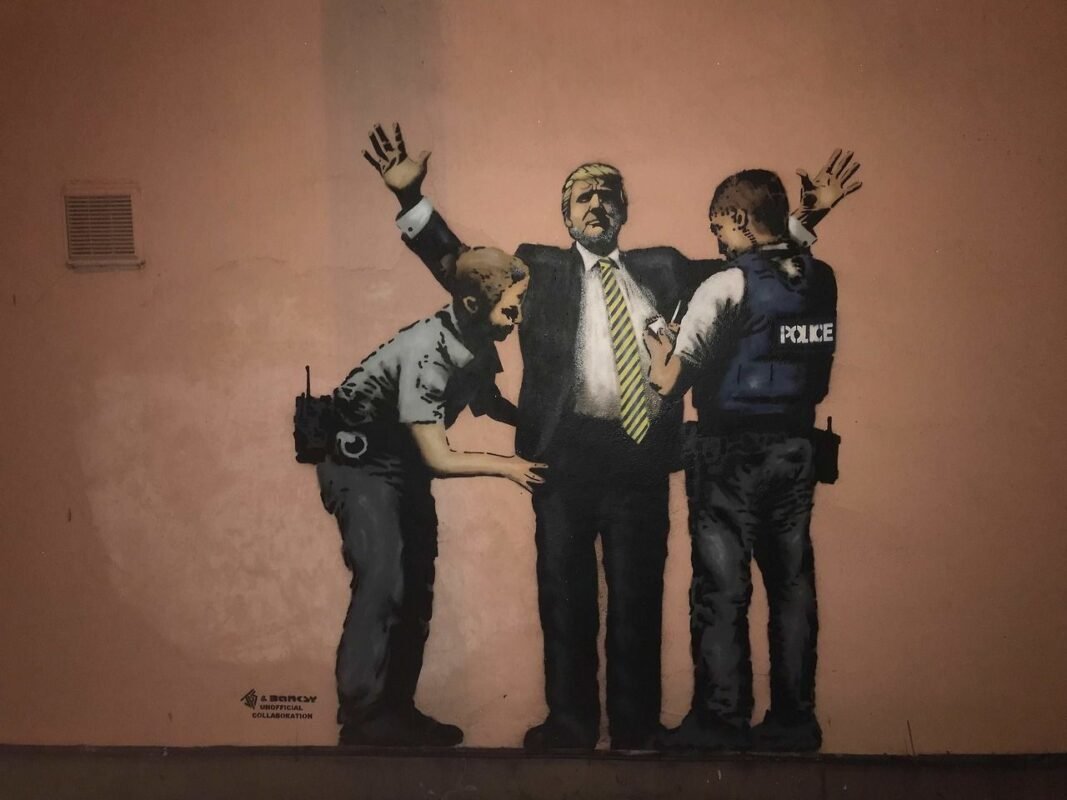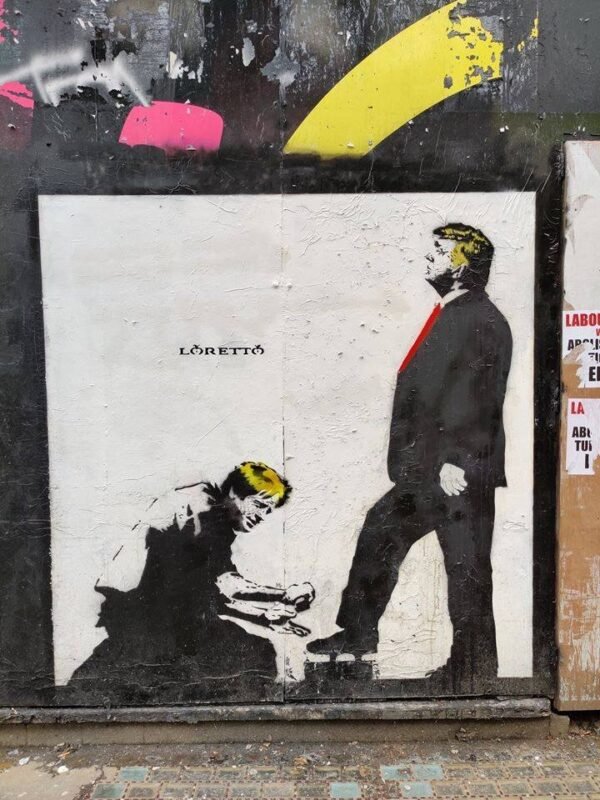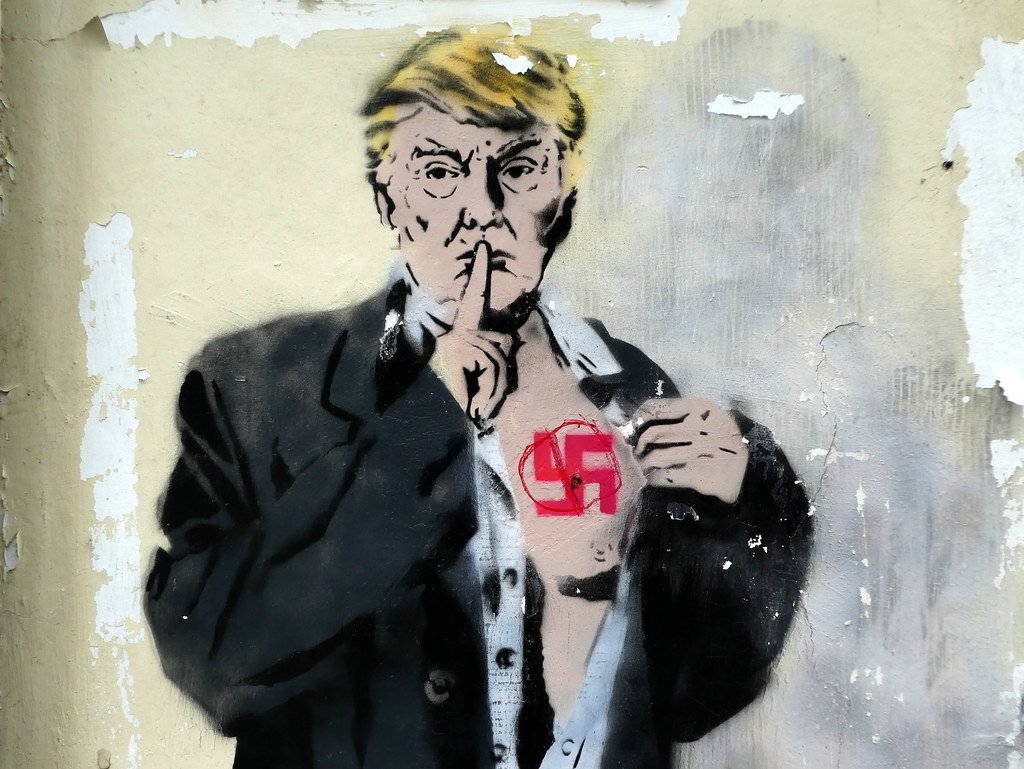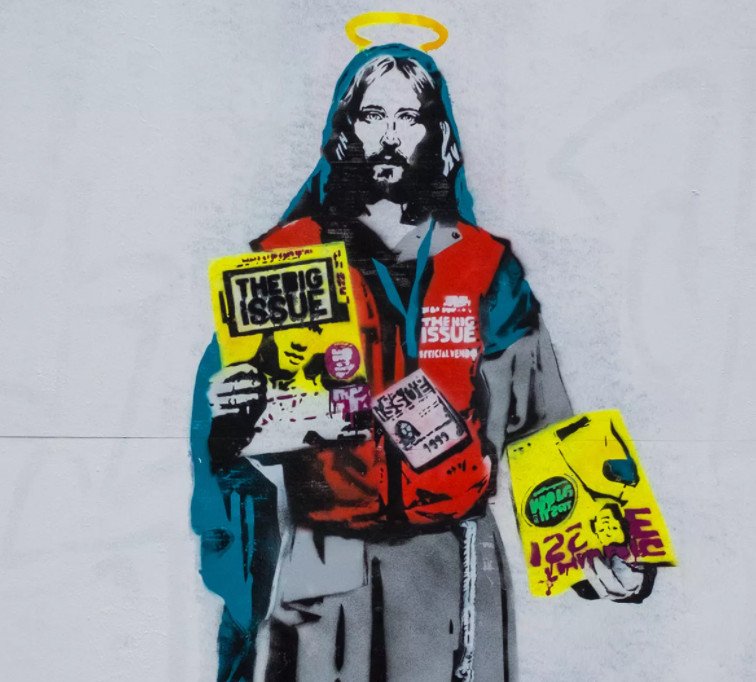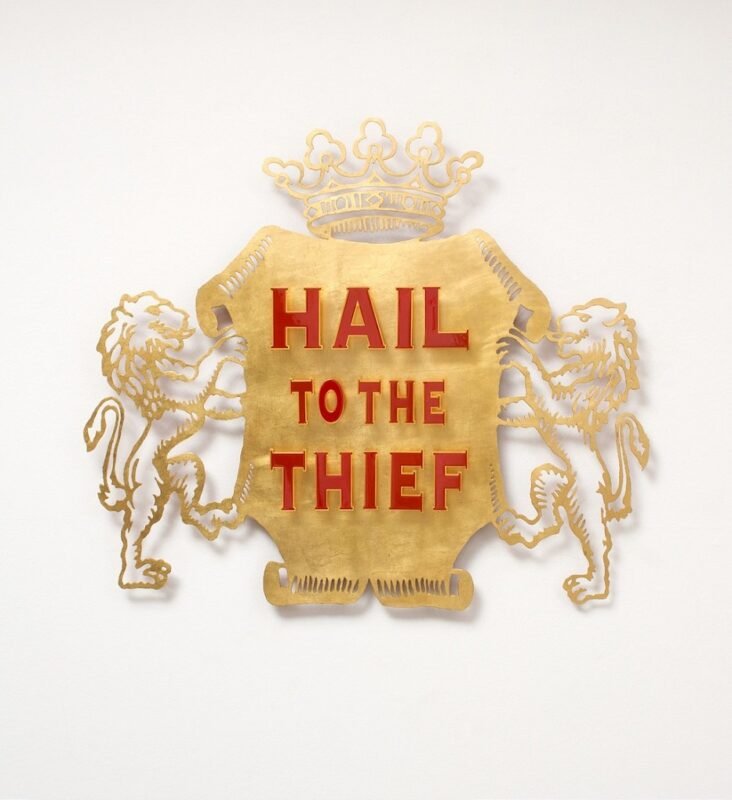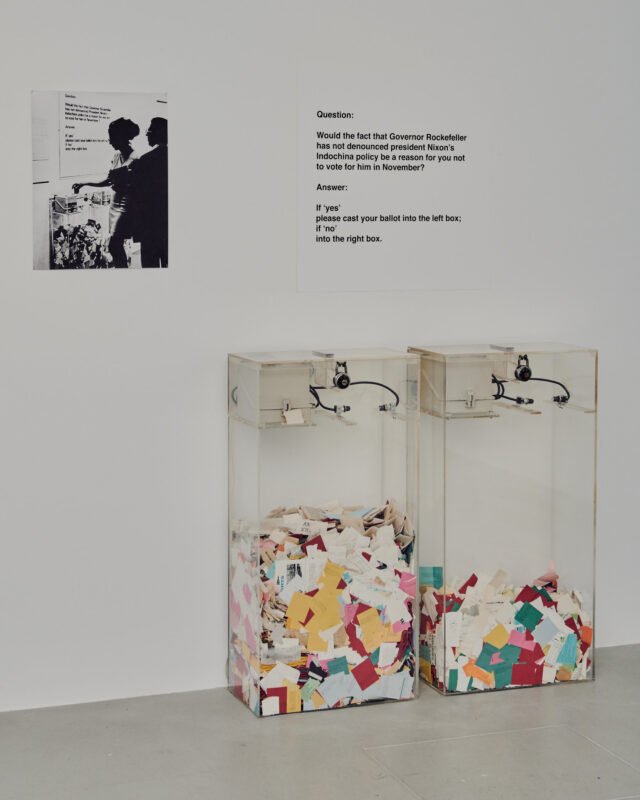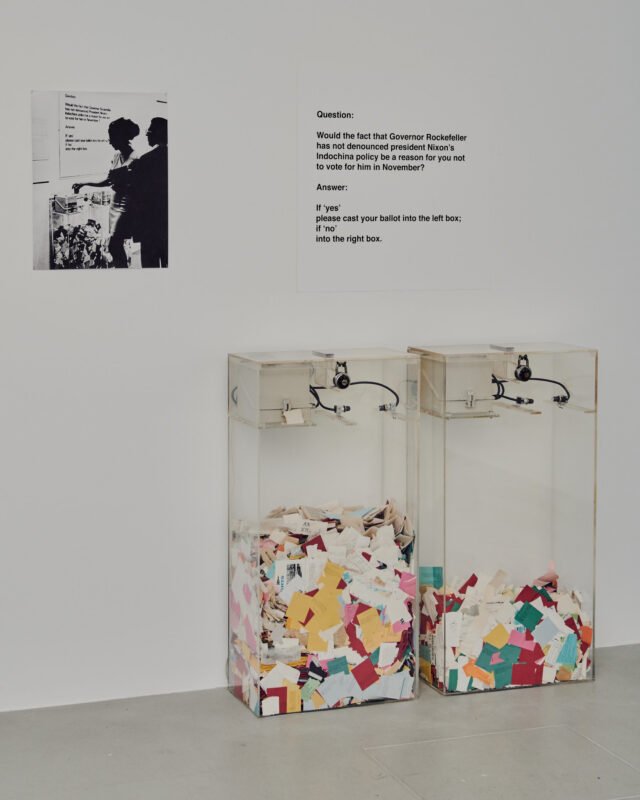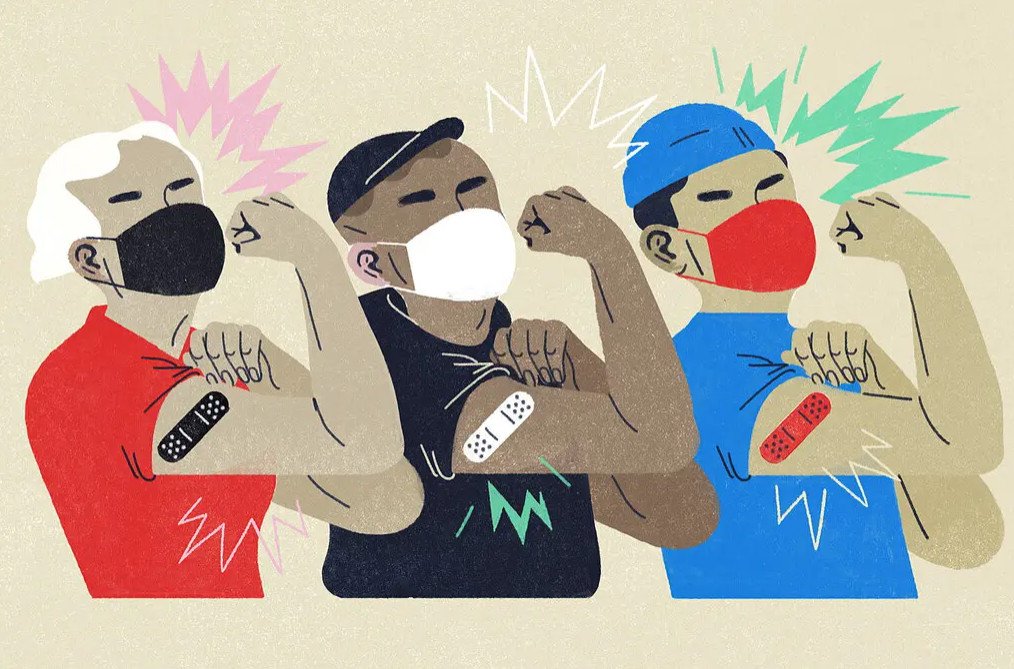No products in the basket.
Visual Diary
Polarization – How media divides us
This blog post is a part of our series on Visual Diaries. In this course, we teach you how to develop your own artistic style and voice. One of the vital stepping stones is to find a topic you are passionate about and feel eager to change. We have identified 7 Major Global Issues with lots of subcategories to get you started. The 7 main categories are:
- Polarization
- Environmental Sustainability
- Social Sustainability
- Economic Sustainability
- Fringes and Frontiers
- Safety and Security
- Freedom
Please bear in mind that these topics overlap and sometimes fuse together. Some can even be condensed more. But for the sake of our videos, I have finally decided to stick to these 7.
This blog post focuses on topic number one, Polarization. The purpose is to create awareness, pique your interest and make you attentive to the specific situations causing this global issue. We want you to become passionate, angry and excited about the topic you choose.
Introduction to Polarization
One would think that the internet should ultimately unite the human race. It enables us to share information freely and should give us a deeper understanding of each other viewpoints, cultures, beliefs and values. However recent current events have shown, the complete opposite. The world is not united but extremely divided.
The opposing views with regards to Vaccines have torn families apart. Brexit has caused outrage and protests in the UK. The January 6th attack on the US capital led by Trump supporters shows us just how big the divide currently is in America. This is due to Polarization.
What is polarization? It’s when two parties have such opposing views that they simply cannot see eye to eye. How is polarization fuelled? People argue that the spreading of Fake News stories on websites and social media platforms is to blame. All these events, riots and protests were charged with fake news. You see, Social media and free news websites are reliant on ad revenue for income.
They will do whatever to keep you and me engaged and clicking on content. They offer information that will draw us in and keep us online for longer. They often do this by triggering our emotions, purposefully creating outrage. These platforms benefit financially from Fake News. It has gotten so bad that some say the Information Age has been replaced with the Post-Truth Age.
Big tech companies use Algorithms to market specific products and services to us. Let’s take a silly example, if you like squares and have clicked on squares in the past they will show you more adverts and articles about squares. Over time these Algorithms has proven to be dangerous for they start creating Echo Chambers. An Echo chamber is an isolated environment in which you can only see information that already reflects your beliefs. You have no exposure to other viewpoints or new information. You are trapped in an Echo, with the same or similar information over and over.
These Algorithms have not been programmed to have public responsibility or to provide accurate information. They are built to prioritize clicks, to generate more income. So this leads us to the important question, How do we know what we are reading or watching is in fact based on the truth? How do we protect ourselves and others from Fake News? After all, Democracy requires informed citizens for it to work.
Recent Events to go and research

On January 6, 2021, a mob of 2,000–2,500 supporters of U.S. President Donald Trump attacked the Capitol Building in Washington, D.C. They sought to overturn his defeat in the 2020 presidential election. The Capitol Complex was locked down and lawmakers and staff were evacuated as rioters assaulted law enforcement officers, vandalized property, and occupied the building for several hours.

It is believed that the American Election of 2016 was won by Trump due to the spreading of Fake News. Many fake news websites are run by teenagers in Macedonia.

Although the mRNA Covid-19 vaccines haven’t been able to stop transmission of the virus, they have been highly effective against hospitalization and death, saving hundreds of thousands of lives and rendering the majority of new Covid-19 deaths preventable. Many of Trump’s dedicated supporters have refused, and many have died as a result. Why? Obvious culprits include misinformation on social media and Fox News.

Also known as the Zuma unrest or Zuma riots, was a wave of civil unrest that occurred in South Africa in July 2021. Sparked by the imprisonment of former President Jacob Zuma for contempt of court. Resulting protests against the incarceration triggered wider rioting and looting. It was the worst violence that South Africa had experienced since the end of Apartheid.

A man with a semi-automatic rifle walked into a regular Washington, DC pizza joint – Comet Ping Pong – and fired shots. Why? He was convinced that the pizzeria contained a hidden paedophilia trafficking ring led by Hillary Clinton and her presidential campaign. Fake news websites promoted the lie.

Brexit, the term used to describe Britain’s exit from the European Union was fuelled by misleading tweets, dodgy maths, deceptively-framed narratives and outright lies on social media. Poisoning the public’s opinion.
Vocabulary to understand / Subcategrories of Polarization
Radicalization
Radicalization is when individuals or groups come to take on radical views in opposition to a political, social, or religious status quo. Radicalization can result in violent action – radicalization into violent extremism (RVE) or radicalisation leading to acts of terrorism.
Jihadis have a “tried and tested model” of contact with different vulnerable, and extremist individuals through online messaging services or social media platforms, and then rapidly manipulating them towards participating in violent action in their name. Jihadis have a “tried and tested model” of contact with different vulnerable, and extremist individuals through online messaging services or social media platforms, and then rapidly manipulating them towards participating in violent action in their name.
Radical right-wing terrorism is motivated by a variety of different right-wing/far-right ideologies, most prominently neo-fascism, neo-Nazism and white nationalism.
Fake News
Fake news is misleading information and events are presented as factual evidence and news. Often with the aim to making money through advertising revenue.
Extreme Fundamentalism
Fundamentalism usually has a religious connotation that indicates unwavering attachment to a set of rigid beliefs and principles. These usually consist of Fundementalist Christians, Fundementalis Islam, Fundementalist Jews and fundamental Buddism.
Information Environments
Your information environment is where you access your news from. Do you access information from diverse reliable sources or do you only use one news channel? If you do not have divers sources in your information environment you run the risk of getting stuck in an Echo Chamber.
Big Tech Algorithms
Algorithms are used by large tech companies like Apple, Google, Facebook, Twitterm Amazon etc. to promote specific products and services.
Echo Chambers
Echo chambers are isolated environments where individuals encounter information that solely confirms and reflects their own beliefs and prevents exposure to other views.
Clickbait
Clickbait lures you in and compels you to click on the link. It often triggers strong emotions and piques your curiosity. It is usually a headline of an article or a video thumbnail that is created to attract the attention of viewers but are often sensationalized and misleading.
QAnon
QAnon is a political conspiracy theory that later evolved into a political movement. It originated in the American far-right political sphere. QAnon centers on false claims made by an anonymous individual or individuals known as “Q”. They claim that a cabal of Satanic,cannibalisticsexual abusers of children operating a global child sex trafficking ring conspired against former U.S. President Donald Trump during his term in office. Some experts have described QAnon as a cult.
Videos to watch
Further Recommended Research
- Literature review: The Information Environment and its Effects on Individuals and Groups by Paul Röttger and Balazs Vedres
- The Danger of Fake News in Inflaming or Suppressing Social Conflict
- The Fabel of the boy who cried wolf
- How Fake News goes viral: a case study
- Fake news worse during election campaign than Brexit referendum, whistleblower says
- Brexit: The false, misleading and suspicious claims CrossCheck has uncovered so far
- Tech companies rush to fight misinformation ahead of UK vote
Topic Hereos or Organizations to watch out for
6 Artists that already addresses this topic
1. Mike McQuade
Mike McQuade is an American graphic artist living in Richmond, VA. His work has graced the pages of The New Yorker, and the covers of major publications such as WIRED & The New York Times Magazine. Mike also runs a small design studio, — working with respected institutions, brands, publishers, and entrepreneurs.

Vaccine for Covid-19 
NYT – Electoral College Against Trump Election 
Mother Jones – Trumps Connections 
The New Yorker – Stone & Corsi’s Time in The Barrel 
NYT Sunday Review Cover – The People V. Trump 
WIRED – Dr. Elon & Mr. Musk
2. Ori Toor
Ori Toor is a Tel-Aviv based illustrator, creating freestyle worlds that you could get lost in. Sometimes he creates for himself and sometimes for clients such as Adobe, Apple, NY Times, Cartoon Network, Bloomberg, Wired, Nike and more.

Who should get the Covid Vaccine first? 
Watch what we flush 
Covid stuck and now you want a refund. 
The Science of Taste 
Technology in Schools 
For Adults only
3. Loretto Street Artist
Loretto is a London based graffiti artist who many believe is originally from South London and has been active for the last 10 years.
He is described as being a prolific artist, offering original contemporary images, using a stencil and spray paint technique. His work has two different sides: one is the satirical view of celebrities, the other focuses on aspects of human nature and psychology.
4. Brett Murray
Brett Murray is a contemporary South African artist who uses his work as a form of public protest. Through his sculptures, photographs works on paper, paintings, and public art installations, he criticises and challenges politicians, corruption, and abuses of power in his native South Africa.

The Spear 
Our Religion must win 
Hall to the thief 
Never a dull moment 

When is enough enough?
5. Hans Haacke
Hans Haacke is a german-born political artist who uses conceptual art to challenge social conventions corporations and politicians. He is known for creating controversial artworks that are often censored and taken down.
6. Gracia Lam
Gracia illustrates stories by reinventing everyday objects and environments through selective visual information.
Possible Solutions for Polarization
- Design changes, Structurally change the way social media works.
- Identify toxic information and stop them from being spread.
- Authenticate Identities.
- Up until now most research into social media polarization has been reactive. Designers could consult high quality studies before implementing new features.
- Seek new news sources that challenges your views.
- Avoid contributing to the distortion of the facts. Do not add to the Echo Chamber.
Become a digital detective to identify fake news.
- Where is this information from? Is it a fake URL? Read other articles on the same website to get a feeling for the content.
- Does the headline sound neutral? If it makes you really angry, really sad or makes you burst out laughing, that is actually a RED FLAG. Its short circuiting your logic centre and your ability to think.
- Who wrote the article? Can you research the author? Can you see other articles they have written?
- What are the article’s sources? Where does the information come from?
- Are the images accurate? Do a google image search to check.





